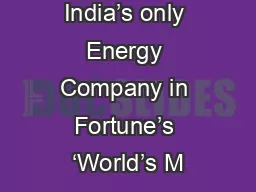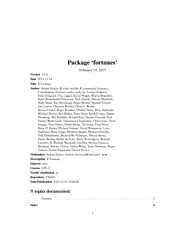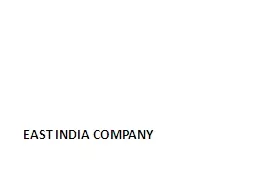PPT-India’s only Energy Company in Fortune’s ‘World’s M
Author : marina-yarberry | Published Date : 2017-09-27
2627 Nov 2015 New Delhi P K Jain IRS ONGC SAARC Training Workshop on Sharing Experience on CBM UCG and Coal Extraction Methodology Underground Coal Gasification
Presentation Embed Code
Download Presentation
Download Presentation The PPT/PDF document "India’s only Energy Company in Fortune..." is the property of its rightful owner. Permission is granted to download and print the materials on this website for personal, non-commercial use only, and to display it on your personal computer provided you do not modify the materials and that you retain all copyright notices contained in the materials. By downloading content from our website, you accept the terms of this agreement.
India’s only Energy Company in Fortune’s ‘World’s M: Transcript
Download Rules Of Document
"India’s only Energy Company in Fortune’s ‘World’s M"The content belongs to its owner. You may download and print it for personal use, without modification, and keep all copyright notices. By downloading, you agree to these terms.
Related Documents














